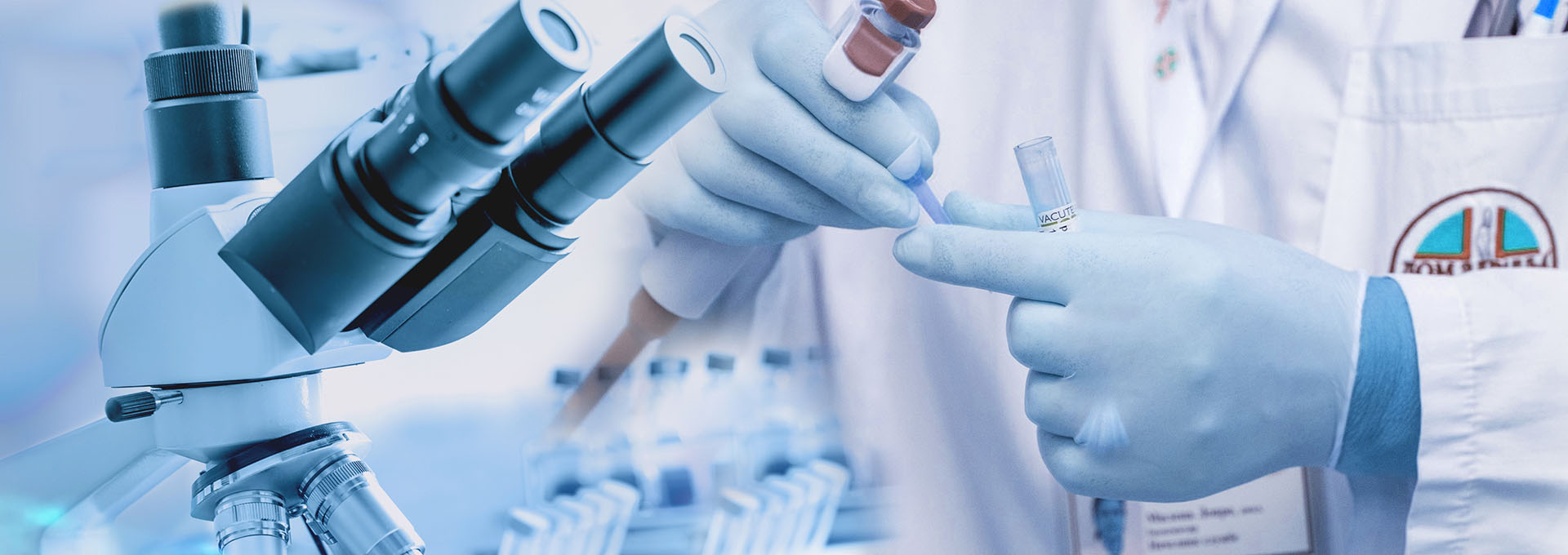Alkyl Polyglucosides (APGs) are nonionic surfactants synthesized by linking a sugar moiety (e.g., glucose) to a fatty alcohol via a glycosidic bond. It contains Hydrophilic heads(Derived from glucose or polysaccharides, ensuring water solubility) and Hydrophobic tails(A long-chain alkyl group (C8 – C16) that provides oil affinity and surface activity).
| Applications | |
| Personal care | Shampoos, body washes (gentle cleansing), and facial cleansers (sensitive skin) |
| Household/industrial cleaners | Dishwashing liquids (grease removal), metal degreasers (hard water tolerance) |
| Agriculture | Emulsifiers for pesticides, enhancing spray adhesion |
| Pharmaceuticals/food | Drug delivery systems, food-grade emulsifiers (GRAS status) |
| Nanotechnology | Template agents for synthesizing mesoporous materials |
Advantages and Limitations of APG
Pros:
Renewable raw material (starch, palm oil).
Excellent environmental profile (rapid biodegradation, low aquatic toxicity).
Synergistic performance in blended formulations.
Cons:
Higher production costs compared to sulfates (e.g., SLES).
Viscosity changes at high concentrations.
The current research and development trend of APG
Short-chain APGs (C6–C8) for cold-water detergents.
Hybrid formulations with biosurfactants (e.g., sophorolipids).
Functionalized APGs (e.g., sulfonated variants for enhanced solubility).
Biosynthesis: Metabolic engineering of microbes for APG production.
Drug delivery: APG-based nanocarriers for targeted therapies.
Alkyl Polyglucosides represent a paradigm shift toward sustainable surfactants, combining performance, safety, and environmental compatibility. As technology advances and costs decline, APGs are poised to dominate markets demanding green chemistry solutions.
Post time: Mar-18-2025

